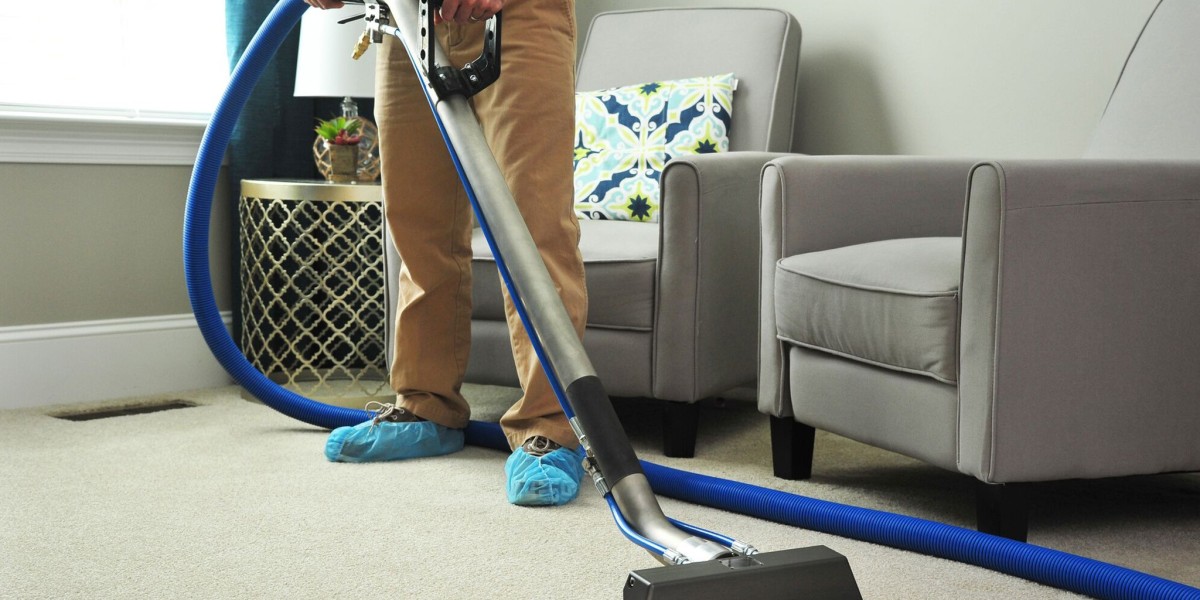Choosing between OSHA 30 Construction and OSHA 30 General Industry can be confusing if you're unsure about your job classification. While both are part of the OSHA outreach training program, each course serves a different work environment. OSHA 30 Construction is designed for those working on building sites, handling tasks like scaffolding, excavation, or roofing. On the other hand, OSHA 30 General Industry is more suitable for workers in warehouses, manufacturing, healthcare, and related sectors.
Understanding which course applies to your daily duties helps ensure compliance, safety, and professional credibility. This article breaks down the key differences so you can choose the right training for your role.
What Is OSHA 30 Training?
OSHA outreach training delivers a 30‑hour safety course that covers deep hazard recognition and prevention. The OSHA 30 training is an advanced step beyond OSHA 10 vs OSHA 30, and it suits workers and supervisors in either construction or general industry. It is part of OSHA safety training efforts to raise workplace safety certification and awareness in the U.S. workforce.
This OSHA certification course teaches about fall hazards, machine guarding, chemical safety, and workplace protocols depending on the track you choose. You learn job site compliance, safety audits, health and safety course structure, and testing. The training prepares you to identify risks and meet general industry safety standards or construction site safety rules.
What Is the Difference Between Construction and General Industry?
Construction site safety focuses on hazards like scaffolding, excavation, ladders, and fall protection. OSHA 30 Construction covers these areas and builds competency for site supervisors. You gain practical skills specific to building works, heavy equipment, anchors, and overhead risks commonly seen at active construction zones in the U.S.
General industry safety standards apply to factories, warehouses, healthcare, and offices. OSHA 30 General Industry covers machine guarding, ergonomics, hazard communication, and electrical safety for stationary settings. The differences between OSHA 30 Construction and General Industry are substantial and reflect the work environment and risks involved.
OSHA 30 Construction: Who Needs It and Why?
Anyone in a supervisory or contractor role at a construction site often needs OSHA 30 Construction. The course targets those asking who needs OSHA 30 Construction and covers fall protection, steel erection, trenching, and roofing safety. It is common in union jobs, federal contracts, and job sites enforcing OSHA compliance. In states like New York or Nevada, it may be mandatory.
A case study from a large commercial build in Texas showed that requiring OSHA 30 Construction reduced recordable injuries by 35 percent. OSHA 30 for supervisors helped teams spot hazards earlier and respond faster. Many employers request it as proof of safety training and compliance at busy, regulated work zones.
OSHA 30 General Industry: Who Is It For?
This track suits factory workers, warehouse staff, maintenance teams, and healthcare staff who need general industry safety training. OSHA 30 General Industry covers topics like chemical handling, ergonomics, lockout‑tagout, and industrial safety training tailored for non‑construction facilities. It fits daily risks in manufacturing, logistics, and service environments.
If you ask “can I use OSHA 30 General Industry for construction work,” the answer is usually no. Employers likely require the construction card for liability and compliance. The general industry track won’t address scaffolding, trenching, or fall hazards. As a result OSHA card validity by industry is strict.
OSHA 30 Construction vs General Industry: Key Differences
Here is a comparison table showing differences between the two tracks:
| Feature | OSHA 30 Construction | OSHA 30 General Industry |
|---|---|---|
| Target Audience | Construction supervisors, site foremen | Factory, warehouse, healthcare workers |
| Key Topics | Fall protection, scaffolding, trenching | Machine guarding, ergonomics, chemicals |
| Course Use Case | Building, roofing, infrastructure sites | Manufacturing, logistics, offices |
| Industry Card Validity | Accepted on most job sites | Not accepted on standard construction |
Knowing these differences helps you determine which OSHA training best matches your job and environment.
OSHA Card Types: How They Work and Where They’re Accepted
Both OSHA 30 cards come through the OSHA outreach training program and show completion of the 30‑hour safety course. The cards do not officially expire but employers often require a refresher in five years. The OSHA 30 construction card is widely accepted on building sites whereas the general industry card may not meet job site compliance standards.
Many employers ask “is OSHA 30 accepted in all states?” While federal standards apply nationwide, local states may add requirements. Some cities mandate site posting or additional logging in injury and illness logs. Always check if your card aligns with local OSHA rules before you start work.
Is OSHA 30 Training Mandatory or Just Recommended?
At the federal level, OSHA 30 is not strictly required but it is highly encouraged under OSHA compliance guidelines. Employers, unions, or federal contract rules often demand OSHA 30 Construction or General Industry to meet internal policies. In some states, such as New York under Local Law 196, OSHA 30 is legally required for certain roles.
Completing OSHA outreach training via approved providers ensures you meet industry benchmarks and avoid fines. Even if not mandated, OSHA 30 training $25 helps you avoid costly OSHA citations and penalties. Better yet, being trained boosts your credibility and readiness in safety critical work zones.
How to Choose the Right OSHA 30 Course for Your Job
Think about your daily work environment and hazards. Ask yourself: what is OSHA general industry or construction? If you work on sites with scaffolds or heavy equipment choose OSHA 30 Construction. If your environment is factories or healthcare, choose OSHA 30 General Industry.
You can also refer to your employer or HR and review job descriptions. Many ask “which OSHA training do I need” during hiring. OSHA 30 for supervisors is a strong sign that you need the construction version. Making the right choice ensures you comply and stay safe.
Where to Get OSHA 30 Construction or General Industry Certification Online
Only take training from an OSHA approved training provider listed at osha.gov. Many online platforms claim to offer OSHA 30 courses but aren’t authorized. Authorized providers offer valid cards and follow the official OSHA curriculum tightly. You can compare providers by looking at course delivery, support, cost, and certification legitimacy.
Most best OSHA 30 training provider platforms charge between $150 and $250 and let you complete courses online or in person. Once finished you receive your OSHA outreach training card by mail. Remember to keep your course completion in a safe place and carry a digital copy while working on job sites.
Conclusion: OSHA 30 Construction vs General Industry — Make the Right Choice
Choosing the wrong OSHA 30 certification can compromise your job site compliance and safety goals. Understanding the differences between OSHA 30 Construction and General Industry helps you pick the right path. The correct card improves safety, meets employer expectations, and adds to your professional credibility.
Ultimately OSHA 30 Construction or General Industry helps you meet workplace safety certification needs and protect your teammates. Evaluate your role, hazards, and employer rules before you train. Then enroll with an authorized provider and you’re set to work safer and smarter.
FAQ
Which is better, OSHA 30 Construction or General Industry?
It depends on your job; construction for field workers, general industry for factory or warehouse roles.
Which OSHA certification is best?
OSHA 30 is the most comprehensive for supervisors and those working in higher-risk environments.
Which OSHA standard most completely covers the construction industry?
29 CFR 1926 is the OSHA standard that fully covers construction industry regulations and safety.
What is the difference between construction and general industry?
Construction involves building or renovation, while general industry covers manufacturing, warehousing, and healthcare.
What is the highest level of OSHA?
OSHA does not have levels, but the OSHA 30-hour training is the most advanced standard course available.













